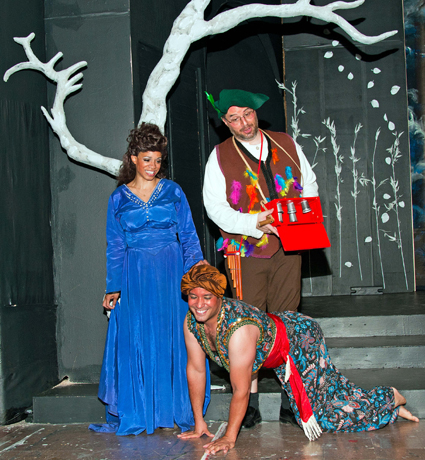Regina Opera enchants with Mozart’s ‘The Magic Flute’

_DSC1%20%28258%29.jpg
By Nino Pantano
In his brief life (1756-1791), W. A. Mozart composed countless masterpieces in all genres. His final opera, Die Zauberflote (The Magic Flute), which premiered in 1791, continues to enchant and delight audiences worldwide.
Tamino, an Egyptian prince, sets out to rescue Pamina, daughter of the Queen of the Night, from the clutches of Sarastro, the High Priest, with the help of a magic flute. Tamino is accompanied reluctantly by the bird catcher, Papageno, who has received magic bells.